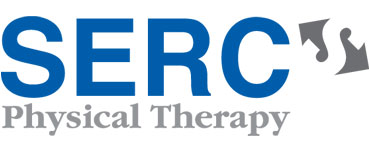What is Speech Therapy?
We offer speech therapy services at select locations for evaluation and treatment of communication and swallowing disorders.
Benefits
Our speech therapists treat a variety of conditions, including difficulty with speaking and writing due to word-finding and thought organization issues; difficulty with understanding what others are saying; difficulty with understanding and retaining what you are reading; difficulty with mispronunciation of sounds, poor breath support and/or weak voice; difficulty with remembering new information; difficulty with problem solving; chronic hoarseness and more.
Common Diagnoses
Common referral diagnoses include stroke, head injury, brain tumors, Parkinson’s disease, multiple sclerosis, amyotrophic lateral sclerosis (Lou Gehrig’s disease), cerebral palsy, Down syndrome, head and neck cancer and voice problems.
*Services are not available at all locations. Call or click the location page near you for that center’s services.
What to Expect
Every patient has a unique health history, diagnosis and personal goals. When you come for your first appointment, we will create a personalized treatment plan for you.
We work with most major insurance providers and do our best to help keep the paperwork pain-free. If you’d like to confirm your insurance coverage, please let us know and we can verify when you schedule. If your insurance provider requires a co-pay, we will ask for this payment at each visit. We accept payments by cash, check or credit card.
When to Arrive
On average, a patient’s first visit lasts about an hour. We typically ask patients to arrive 15 minutes early to sign-in, complete paperwork and/or change clothes.
What to Bring
On your first visit, you’ll need to bring your physician referral or prescription (if needed), your insurance card, your primary registration forms, your ID or driver’s license and your co-payment (as applicable). If desired, you may bring a change of clothing.
How it Works
During your first visit, your physical therapist will do an initial evaluation and discuss your plan of care. The therapist uses this information to set goals for your continued treatment. Physical therapy goals may include improved movement, strength, endurance and flexibility, as well as decreased pain. Your subsequent visits will focus on treatment that is based on your diagnosis and individualized goals.

